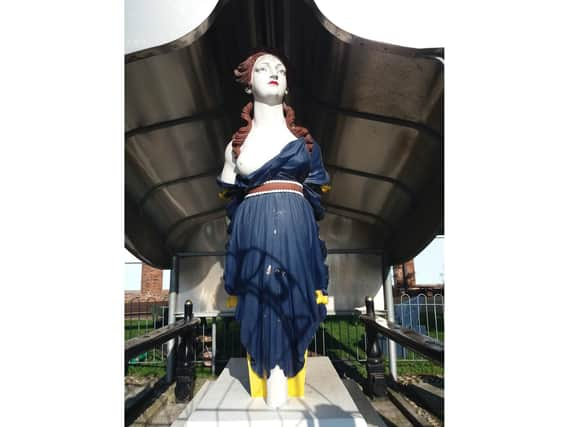This is why are ships called ‘she’ and ‘her’ and how this tradition began?


Superstitious sailors believed that women on board ships were unlucky but that a naked woman could help to calm a storm at sea.
Consequently, female figureheads have always been a popular choice to adorn the front of wooden-hulled vessels.
Advertisement
Hide AdAdvertisement
Hide AdThe origins of a ship’s figurehead stretch back to the early days of seafaring, with some used as religious symbols to protect the ship.
This idea of ‘protection’ is also seen as one of the reasons why ships are named as ‘she’ or ‘her’.
As former First Sea Lord Admiral Lord West put it today during an interview with BBC Radio 4, ships are ‘almost seen as a mother’ to protect sailors from the ‘dangers of the sea and the violence of the enemy’.
Other theories dispute this claiming the origins are rooted in language like Latin, where the word for ship, ‘navis’ is feminine, with other languages also using feminine-based words to describe ships.
However, for many historians, this theory doesn’t hold water.